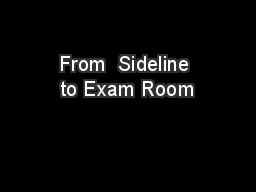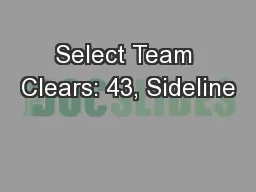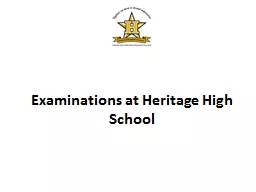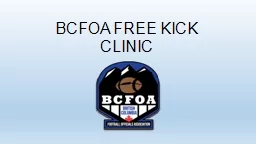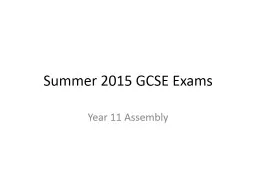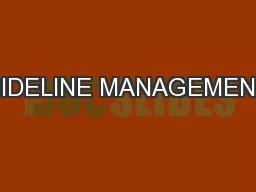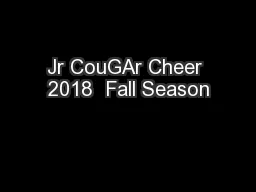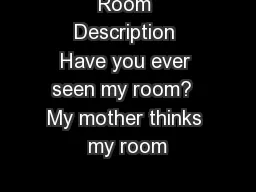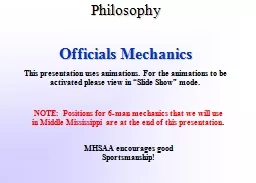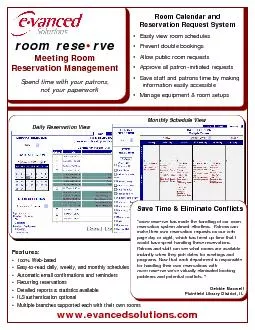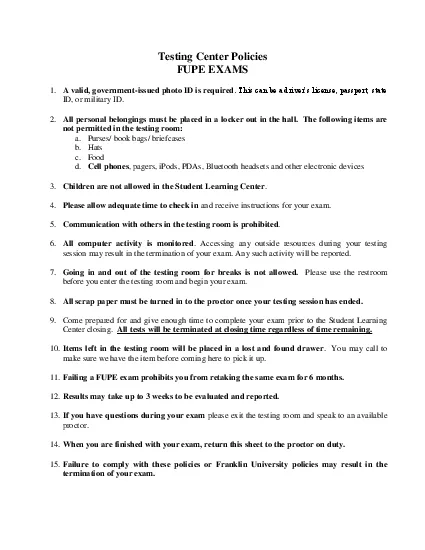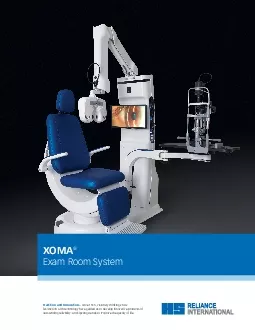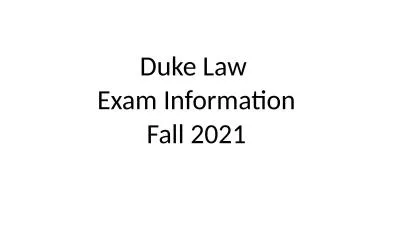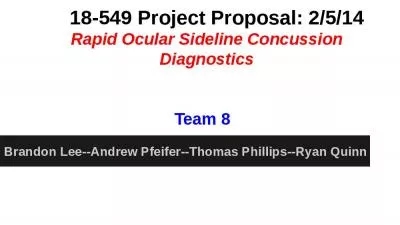PPT-From Sideline to Exam Room
Author : jane-oiler | Published Date : 2020-04-08
David S Edwards MD¹ amp Wendy Sheppard MS LAT ATC² ¹Department of Family amp Community Medicine Texas Tech University Lubbock ²Assistant Director of Sports amp
Presentation Embed Code
Download Presentation
Download Presentation The PPT/PDF document " From Sideline to Exam Room" is the property of its rightful owner. Permission is granted to download and print the materials on this website for personal, non-commercial use only, and to display it on your personal computer provided you do not modify the materials and that you retain all copyright notices contained in the materials. By downloading content from our website, you accept the terms of this agreement.
From Sideline to Exam Room: Transcript
Download Rules Of Document
" From Sideline to Exam Room"The content belongs to its owner. You may download and print it for personal use, without modification, and keep all copyright notices. By downloading, you agree to these terms.
Related Documents

